Slot-Die Coating Explained: Basics, Benefits, and Applications
What is Slot-Die Coating?
Slot-die coating is a technique used to coat a thin layer of liquid material onto a substrate, typically for manufacturing purposes. It involves the controlled flow of liquid through a narrow slot or channel in the slot-die head, which is positioned very close to the substrate surface. Because of the proximity of the slot-die head and the substrate, it is possible to create a meniscus (a stable “liquid curtain”) between the two. It is the presence of this meniscus that enables the coating. As the substrate (or the slot-die head) moves, ink from the meniscus is deposited on the surface of the substrate, and it is the continuous resupplying of the meniscus with ink (pumping) that enables the creation of a thin wet film in this movement. The speed of the substrate, and the flow of the liquid are carefully controlled to achieve the desired coating thickness.
History of Slot-Die Coating
The history of slot-die coating dates back to the early 20th century. It originated as a modification of the doctor blade coating technique, which was commonly used for applying thin adhesive, paint, or ink layers onto substrates.
The concept of slot-die coating emerged as a way to improve the accuracy and control of the coating process. Instead of using a rigid blade to spread the liquid, a narrow slot or channel was introduced to allow the controlled flow of liquid onto the substrate. This allowed for a more precise and uniform application of the coating material.
The development and refinement of the slot-die coating technique progressed alongside advancements in materials science, manufacturing technology, and industrial applications. In the early stages, the technique was primarily used in the printing industry, where it offered improved capabilities for applying ink onto paper or other substrates.
Over time, slot-die coating gained popularity and found applications in various industries beyond printing. It was adopted in the production of flexible packaging materials, adhesives, electronic components, solar cells, batteries, and many other products. The technique underwent continuous refinement and optimization to achieve higher precision, faster coating speeds, and better control over coating thickness.
In recent years, slot-die coating has gained further attention due to its potential for large-scale and continuous manufacturing processes in industries such as electronics, energy, and biomedical engineering. For the latter, applications have among others been aimed at drug delivery systems. Ongoing research and development efforts continue to improve the technique's capabilities, including the development of alternative slot designs, advanced control systems, and new coating materials.
From the patent applicants US 2681294, Beguin, Albert E., "Method of coating strip material", issued 1951-08-23, assigned to Eastman Kodak Co. “A schematic part side elevation, part section, of a preferred form of apparatus with which my improved method may be carried out”
The Slot-die Coating Window
The slot-die coating window refers to the range of operating conditions in which a slot-die coating process can achieve the desired coating quality. It is the result of a combination of substrate speed and ink flow that can deliver the required coating thickness and uniformity.
The coating window is typically represented graphically as a map or chart, with the substrate speed along one axis and the flow rate along the other axis. Different regions within the chart represent different coating properties, such as thickness, uniformity, and defect formation.
Ideally, the coating window should be wide enough to allow for variations in the process and material properties, while still maintaining the desired coating quality. A wide coating window provides some tolerance for process variations and allows for consistent coating production.
The coating window is determined through experimentation and optimization of the process. Different combinations of substrate speeds and flow rates are tested, and the resulting coating thickness and quality are measured. By analyzing the data and observing trends, an optimal range of operating conditions can be identified to achieve the desired coating properties.
It is important to note that the slot-die coating window may vary depending on the specific material being coated, the substrate properties, and the equipment setup. Therefore, it is necessary to determine the coating window for each unique coating system and adjust the operating conditions accordingly.
A representation of the ideal coating window for a given slot-die coating process, plotted in the plane of pump rate versus coating speed.
Slot-die Coating and Patterning
Although slot die coating is essentially a 1D coating technique (one stripe in one direction on the substrate) it is possible to achieve some degree of patterning
Slot-Die Coating Stripes
Multiple stripes, potentially with individual widths, can easily be obtained by use of shims and a meniscus guide. The shim pattern divides the normal single slot into several smaller slots, leading the ink to the lip of the slot-die head in the desired pattern. If the smaller slots are situated close together, the use of a meniscus guide can be advantageous, as it helps prevent the individual menisci from merging into one single meniscus. The meniscus guide is an extension of the shim pattern and gravity will help the ink go down along the guide, instead of sideways towards another meniscus.
Slot-die Coating Stripes
Intermittent Slot-Die Coating
In intermittent slot-die coating, the liquid material is dispensed in a repeated start-stop motion. The substrate can be moved continuously, while the liquid material is dispensed intermittently at specific locations. This technique allows for the deposition of materials in a controlled and precise manner, particularly when coating large areas or complex patterns.
Intermittent slot-die coating offers several advantages compared to continuous coating methods. Since the liquid material is dispensed only at specific locations, it reduces material uses and can also reduce the number of post processing steps.
Battery Cell Production at Volkswagen Salzgitter.
Sideways Movement
Although the reported uses of actively moving the slot-die head is limited, it is worth mentioning that it is possible to do so. Especially if coupled with PC control of the movement of the head this can allow for some degree of freedom to shape the pattern.
Slot-die Coating and Printed Electronics
In printed electronics, slot-die coating is used to deposit functional materials, such as conductive inks, dielectric materials, and semiconductors, onto flexible substrates. The technique allows for the deposition of multiple layers in a precise and controlled manner, enabling the creation of complex electronic structures.
Slot-die coating offers several advantages for printed electronics. Firstly, it allows for high-speed, large-area manufacturing, making it suitable for mass production of electronic devices. The technique also enables the deposition of thin and uniform layers, which is critical for achieving high-performance devices. Additionally, slot-die coating is a low-cost process compared to traditional fabrication methods, as it eliminates the need for expensive equipment and materials.
The development of advanced slot-die coating systems has further expanded the capabilities of printed electronics. For example, researchers have explored the integration of slot-die coating with other printing techniques, such as screen printing or inkjet printing, to create hybrid processes that offer even greater flexibility in the deposition of different materials.
The use of slot-die coating in printed electronics is being applied to various applications, including thin film batteries, fuel cells, printed sensors, printed solar cells, and wearable electronics. Ongoing research aims to optimize the reliability, performance, and scalability of slot-die coating for production of printed electronic devices, as well as the development of novel functional materials specifically tailored for this manufacturing process.
Which slot-die head fits your needs? In our guide, we break down how to evaluate your needs and help you understand which size and material slot-die head suits your application best.
Getting Started with Slot-Die Coating
Optimizing ink and processes for slot-die coating in printed electronics involves several key factors. Here are some considerations for achieving optimal results:
1. Ink formulation: The ink used for slot-die coating should be specifically formulated for this technique. Properties like viscosity, rheology, surface tension, and drying characteristics must be considered with respect to their compatibility with slot-die coating. The ink content must also have good adhesion to the substrate after drying and provide the desired electrical or functional properties in the final device.
2. Viscosity control: Maintaining proper ink viscosity is crucial for uniform coating and precise control over layer thickness. The viscosity of the ink must be optimized to ensure smooth flow through the slot-die head and uniform wetting of the substrate. Understanding the relationship between ink formulation, shear rate, temperature, and solvent evaporation is essential for achieving the desired viscosity during the coating process.
3. Drying and curing conditions: Proper drying and curing of the coated layers are crucial for achieving the desired electrical and mechanical properties. The drying conditions, such as temperature, humidity, and air flow, should be optimized to ensure complete solvent evaporation without causing defects like cracking or pinholes. If necessary, thermal or UV curing processes may be employed, and their parameters should be carefully controlled to achieve the desired properties.
4. Substrate properties: The substrate must have properties to ensure good adhesion of the dried film and measures must be taken to eliminate any potential contaminants or surface defects that can affect the coating quality. Substrate cleaning, priming, or pre-treatment steps should be considered to enhance adhesion and improve the overall performance of the printed electronic device.
5. Testing and characterization: Thorough testing and characterization of the coated films and final devices are essential for evaluating the performance and reliability. Various techniques such as profilometry, microscopy, electrical testing, and material characterization can be employed to assess the critical properties of the coated layers and ensure they meet the required specifications.
Continuous optimization of ink formulation and coating processes, along with iterative testing and refinement, is necessary to achieve the desired performance and reliability of the printed electronic devices produced through slot-die coating. Collaboration with ink manufacturers, equipment suppliers, and other experts in the field can be beneficial in this optimization process.
Slot-die Coating on the Laboratory Roll-to-Roll Coater from infinityPV.
Learn More About Slot-Die Coating
Gong, X., Han, J., Yan, F. et al. Numerical and experimental investigation on formation of the film for different die lip configurations in lithium-ion battery electrode slot-die coating. J Coat Technol Res 21, 481–492 (2024). https://doi.org/10.1007/s11998-023-00874-4
Creel, E.B, Tjiptowidjojo, K., Lee, J.A., Livingston, K.M., Schunk, P.R., Bell, N.S., Serov, A., & Wood III, D.L. Slot-die-coating operability windows for polymer electrolyte membrane fuel cell cathode catalyst layers. J. Colloid Interface Sci 610, 474-485 (2022). https://doi.org/10.1016/j.jcis.2021.11.047
Ding, X., Liu, J. & Harris, T.A.L. A review of the operating limits in slot die coating processes. AIChE J 62, 2508-2524 (2016). https://doi.org/10.1002/aic.15268
Krebs, F.C. Polymer solar cell modules prepared using roll-to-roll methods: Knife-over-edge coating, slot-die coating and screen printing. Sol. Energy Mater. Sol. Cells 93, 465-475 (2009) https://doi.org/10.1016/j.solmat.2008.12.012.



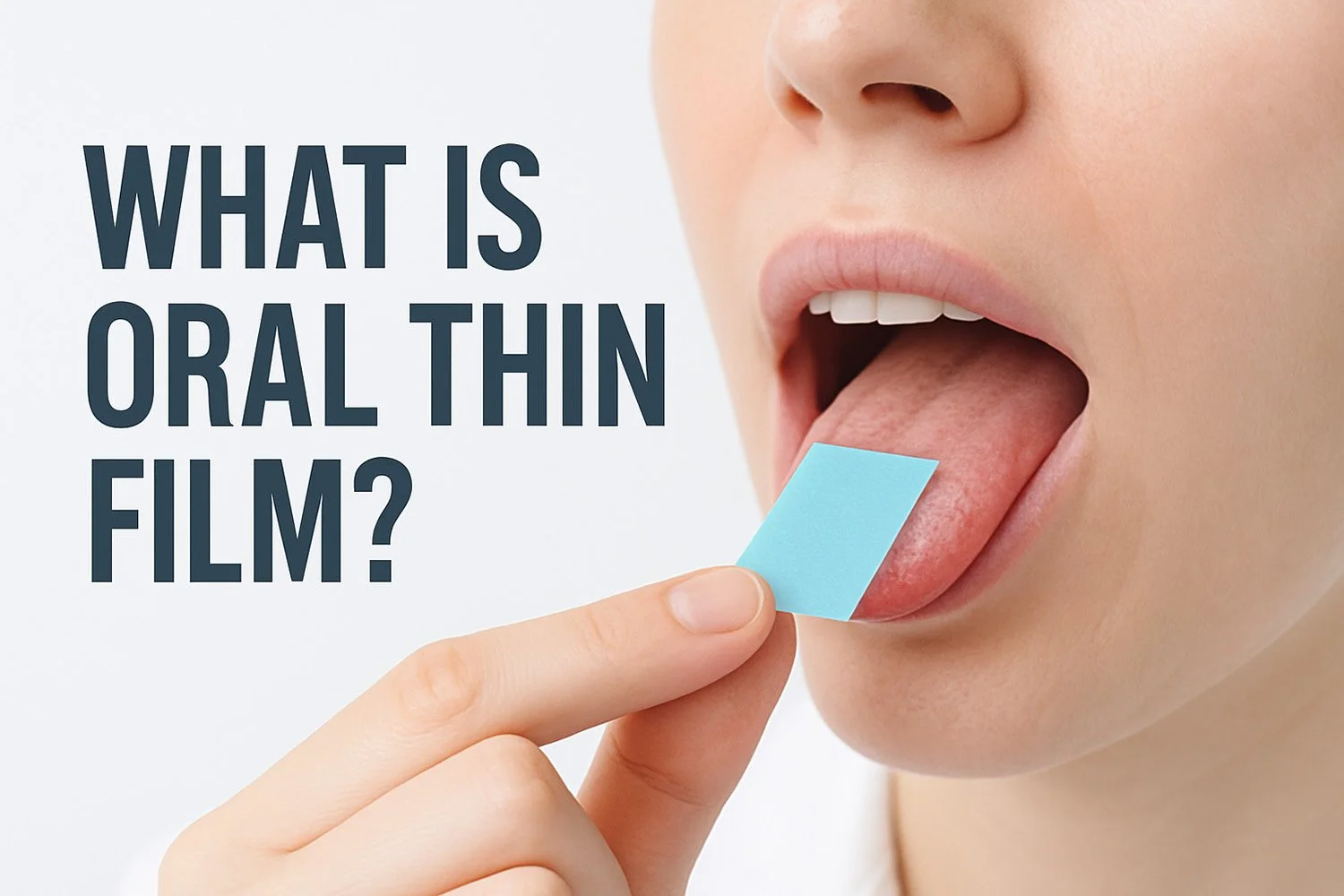




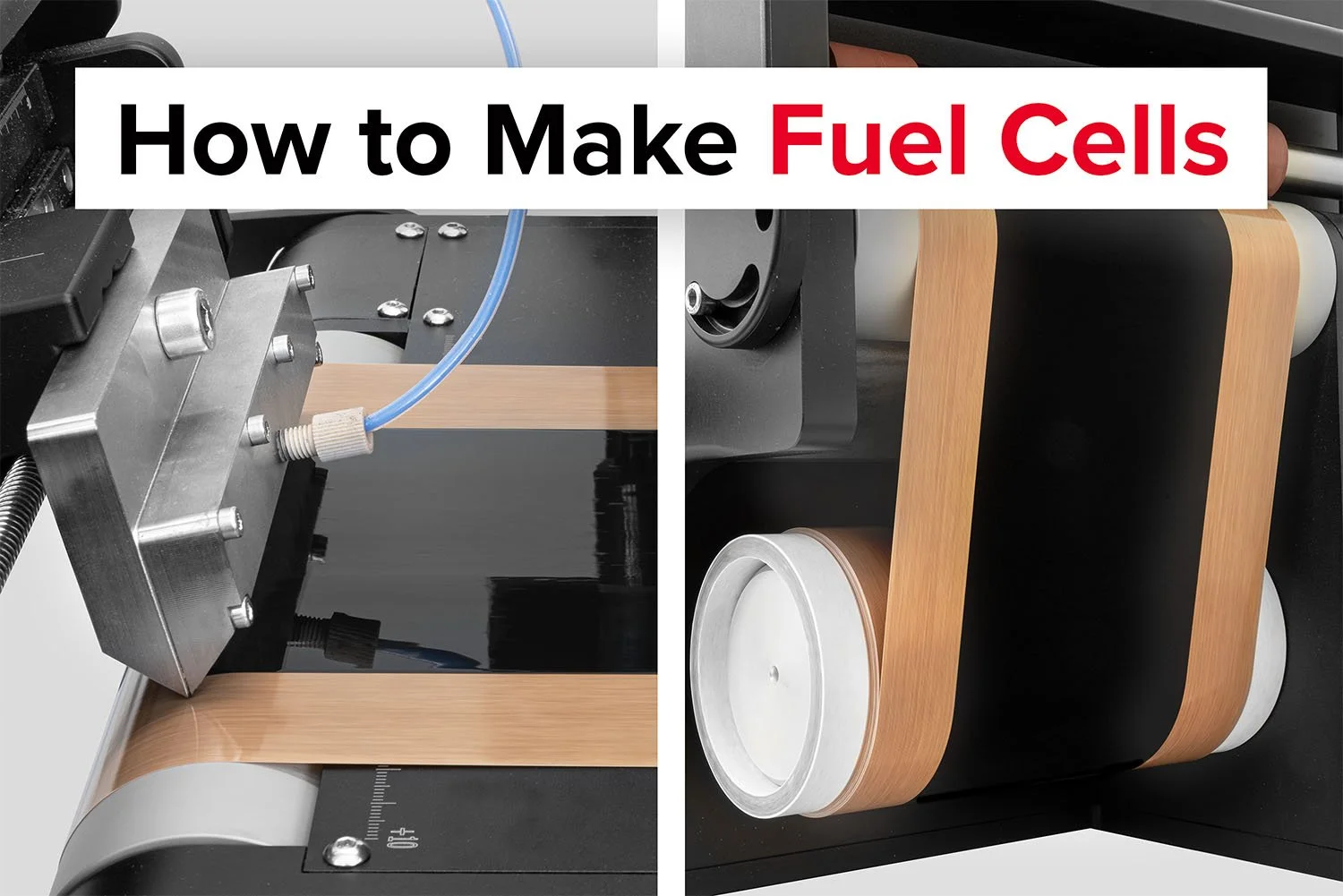


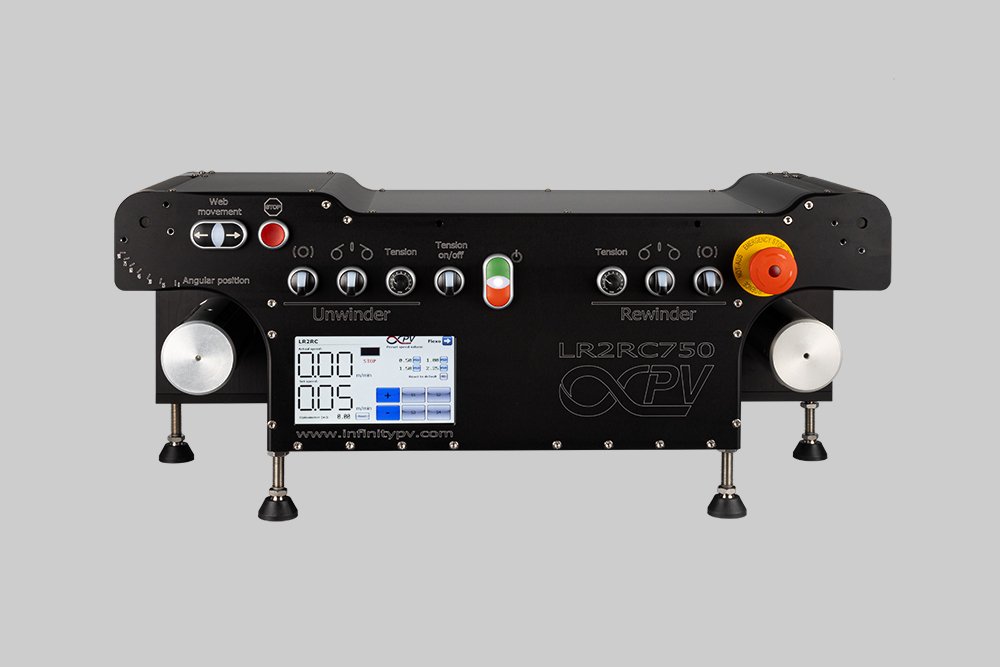


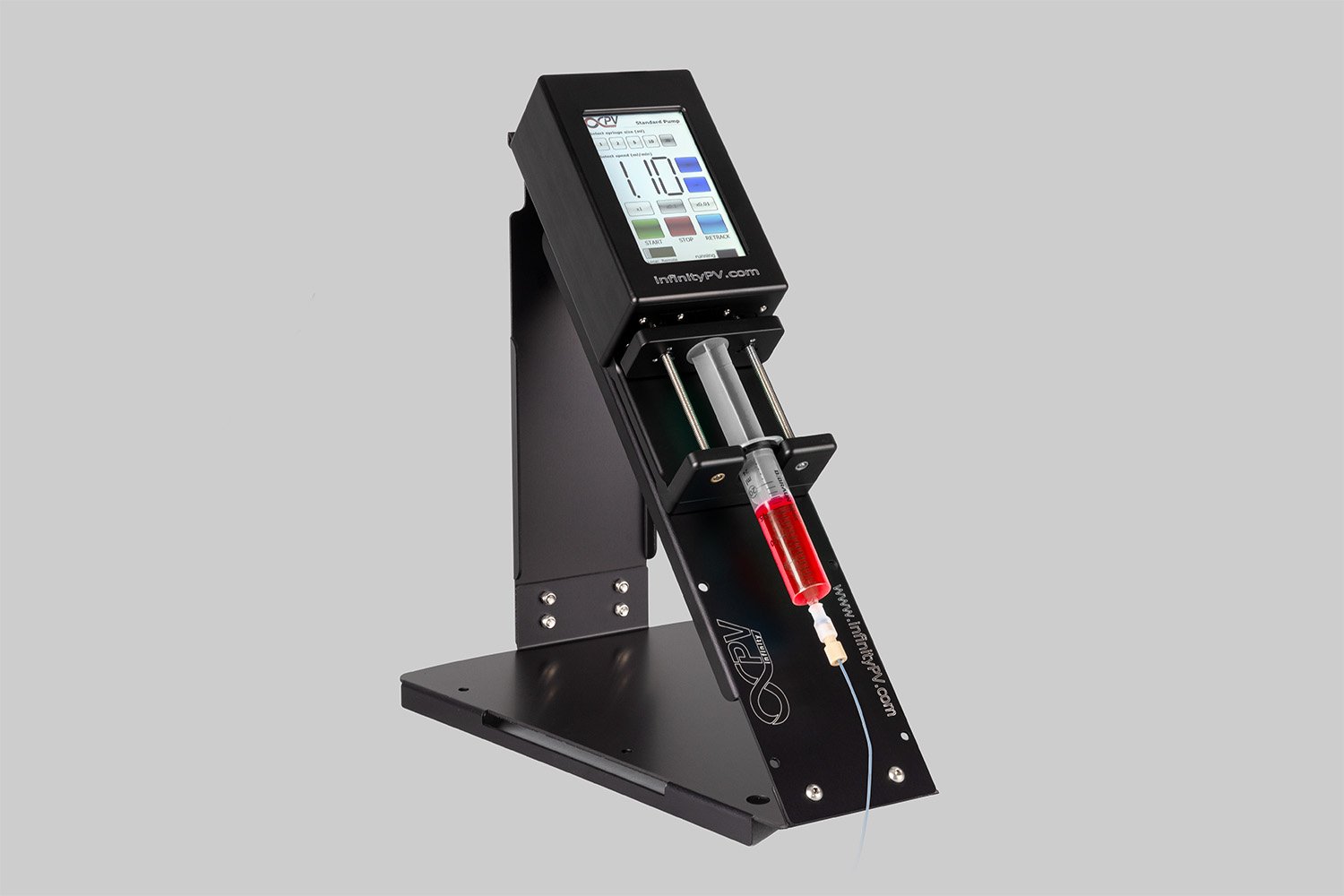

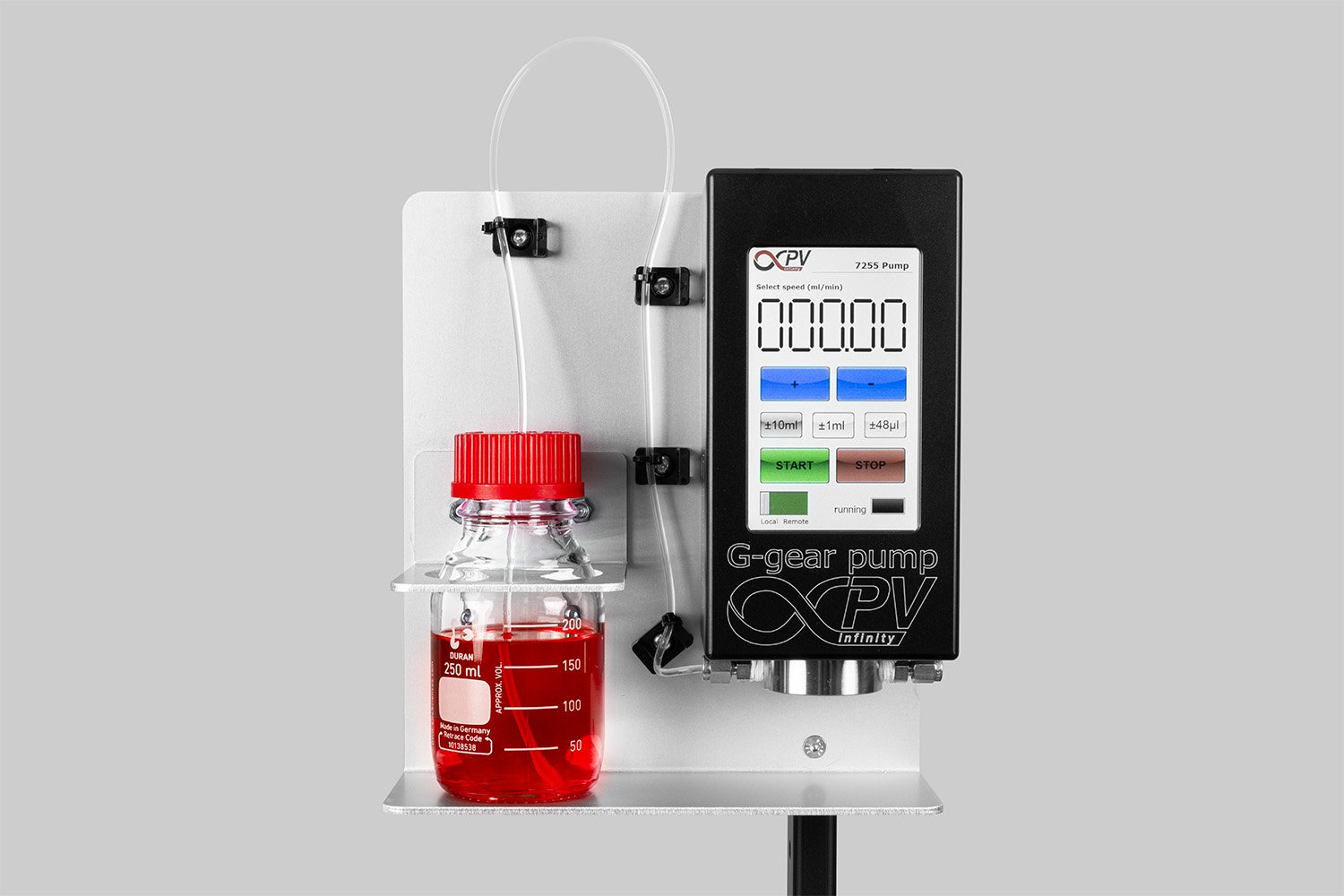
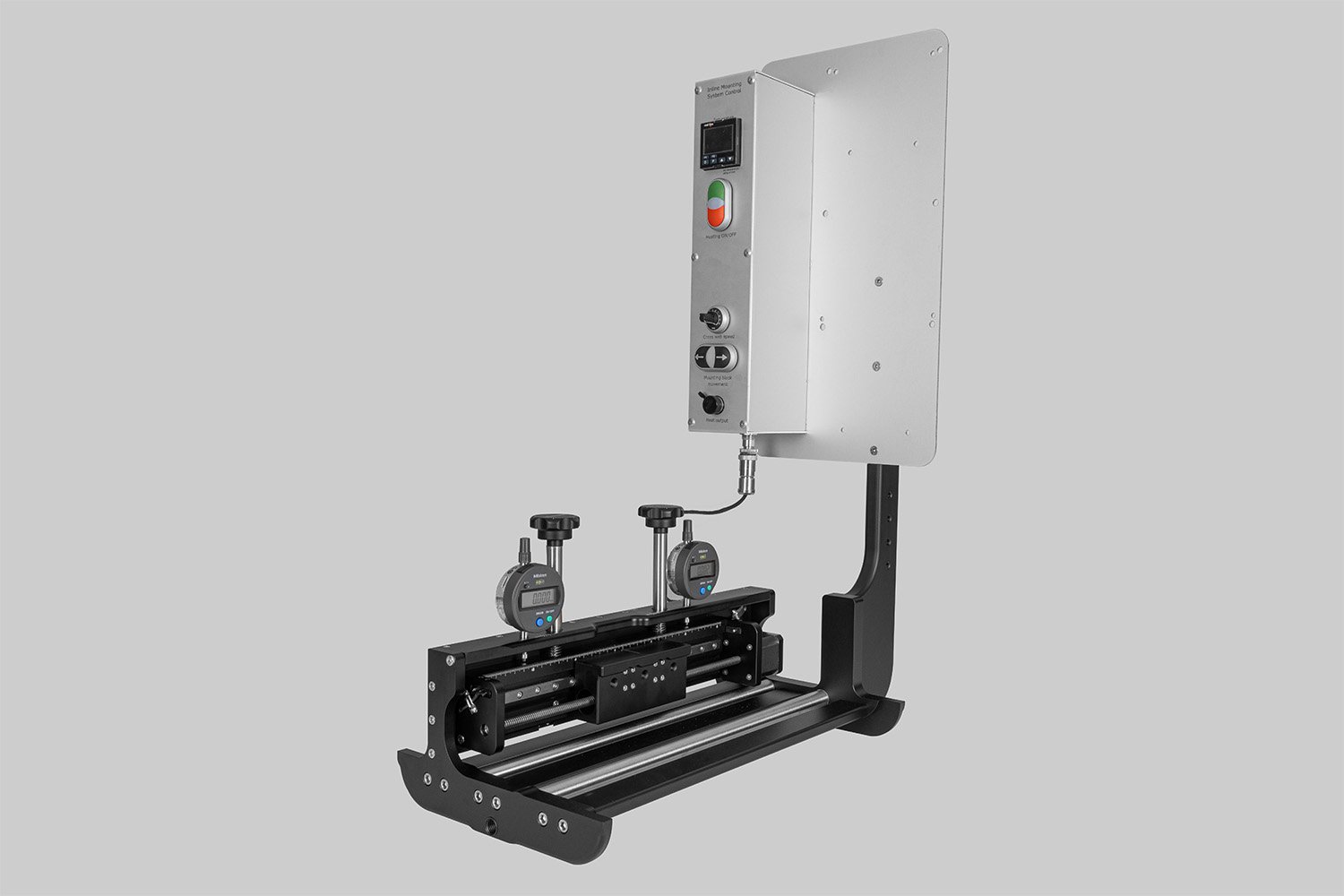

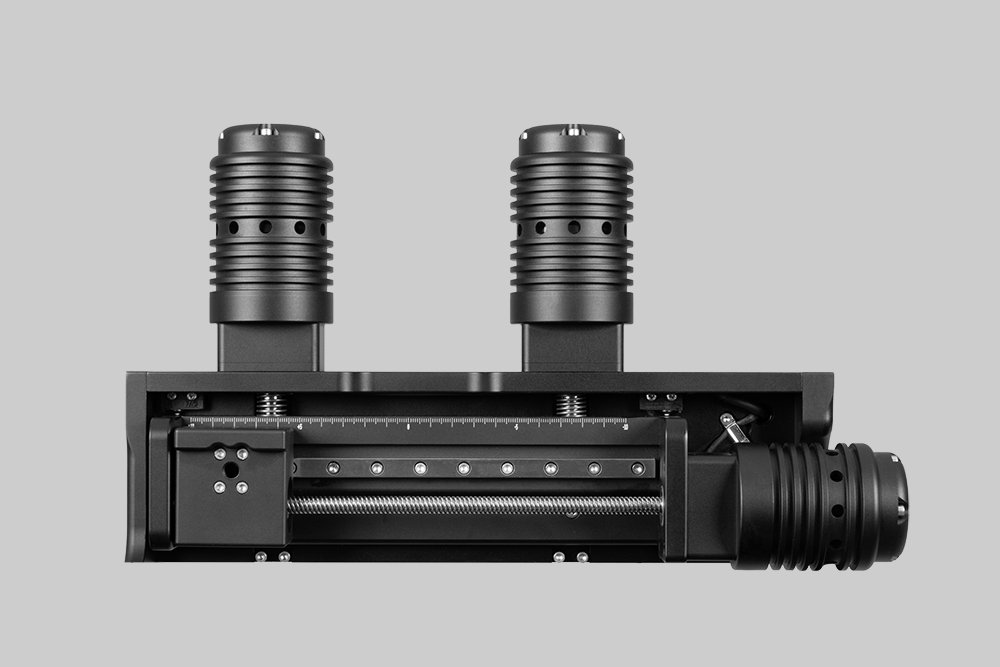


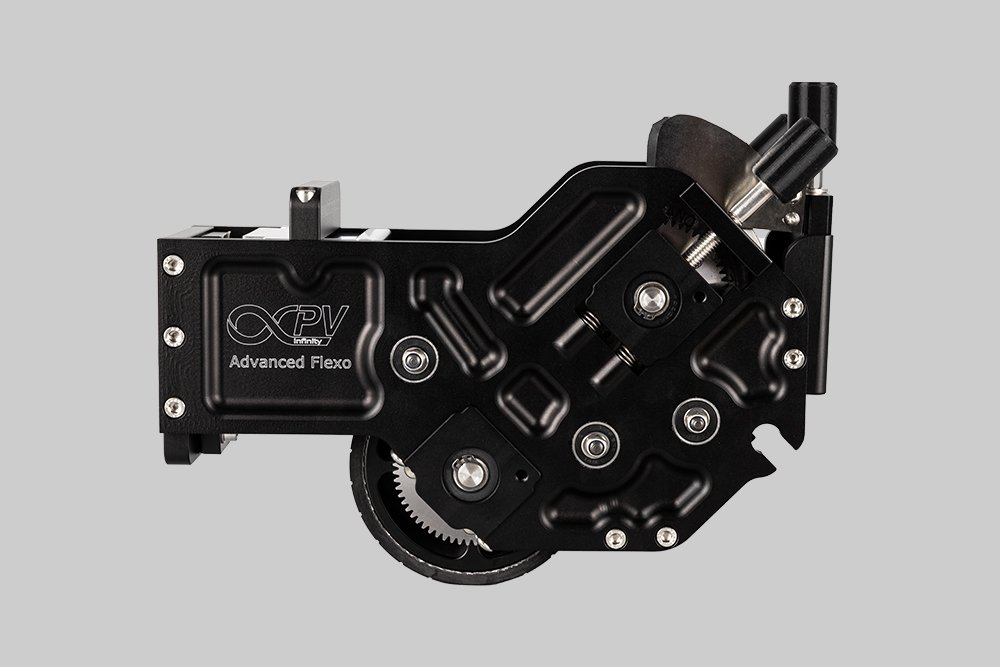



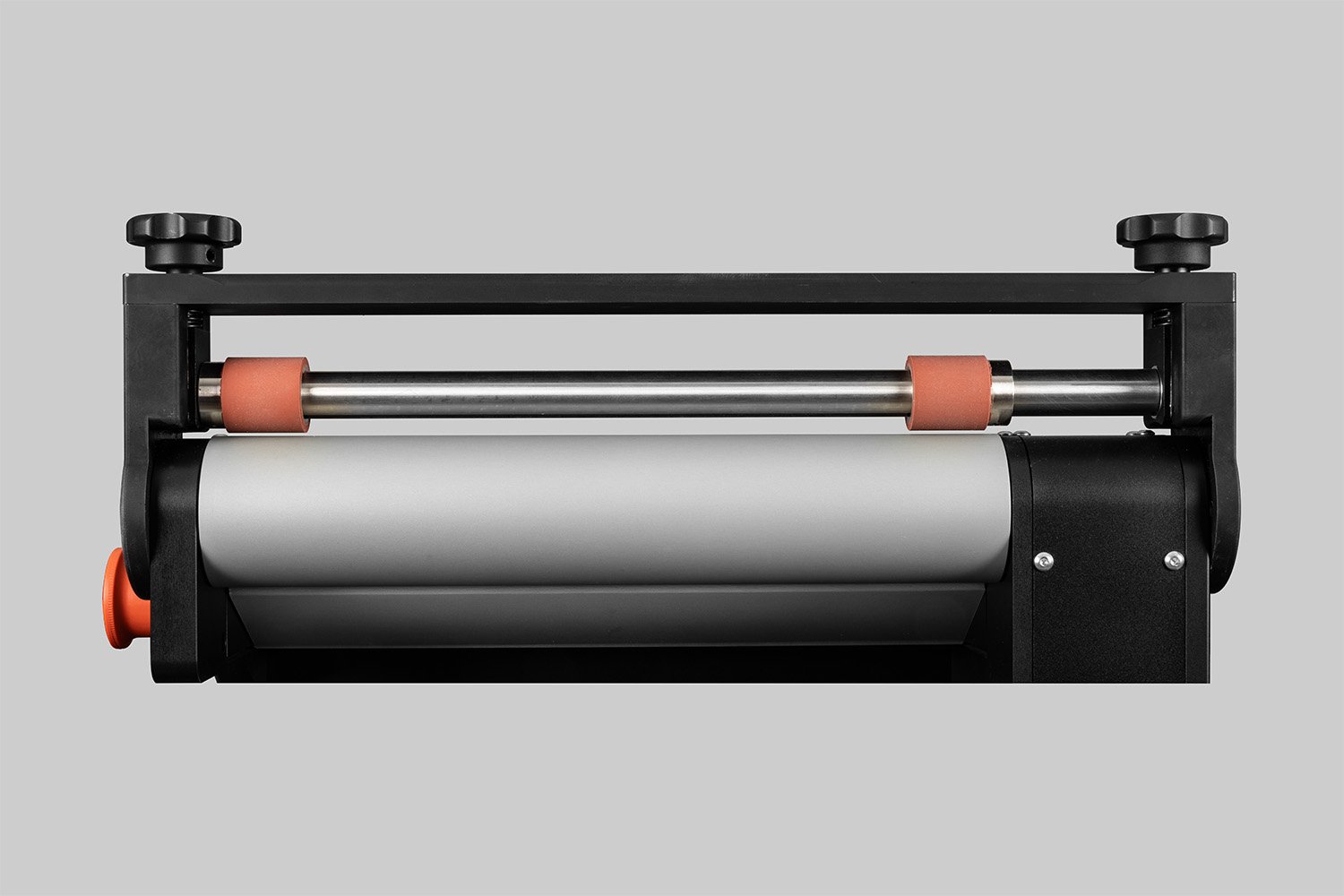
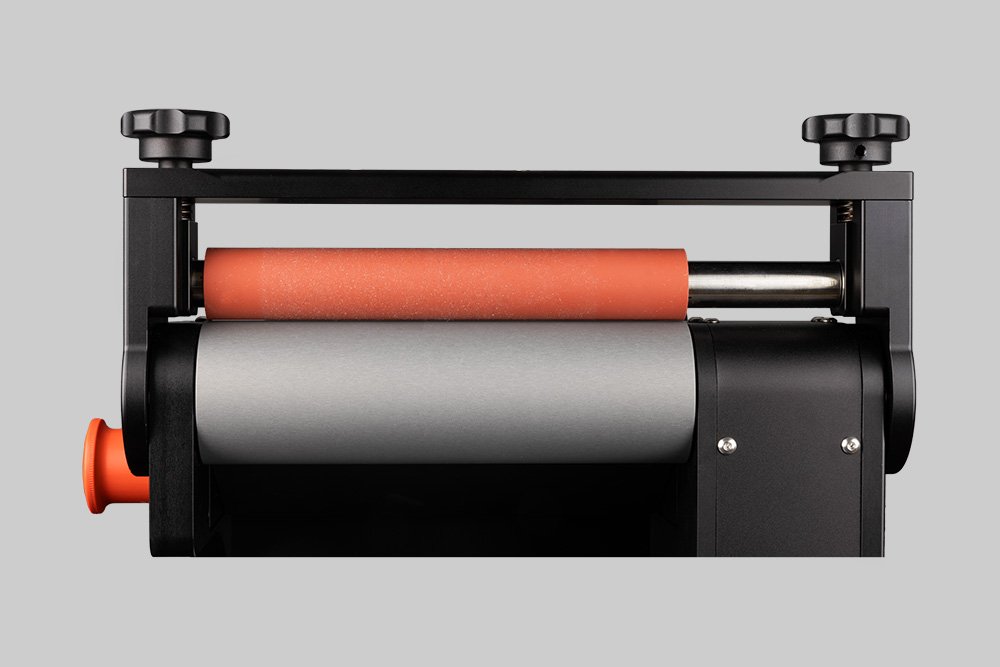

Probably the World’s Most Compact R2R Slot-die Coater: A compact, fully integrated roll-to-roll coating platform for laboratories, complete with a mounting system, anodized rollers, a syringe pump, a 65 mm stainless slot-die head and an infrared oven system—delivering unmatched precision and scalability.